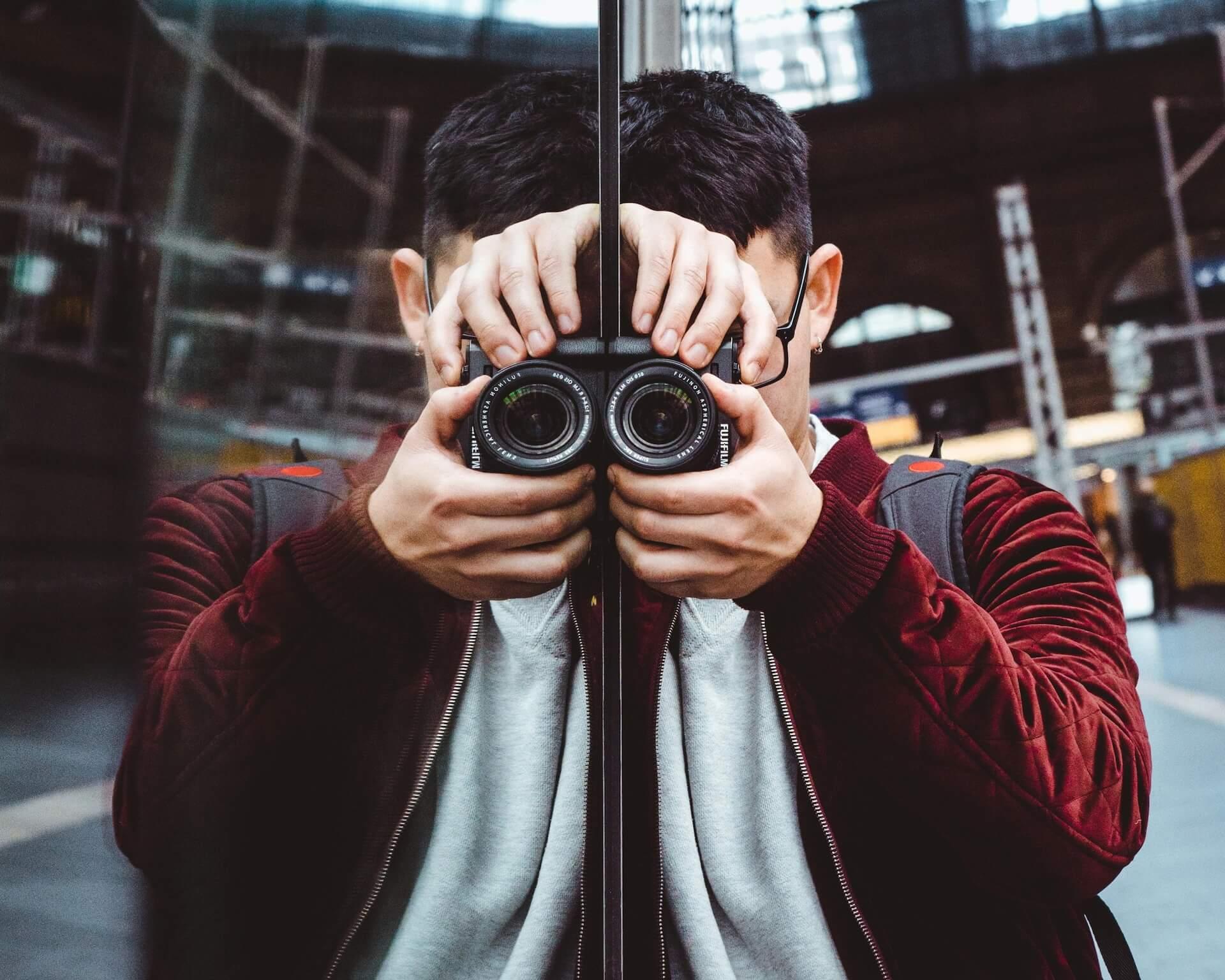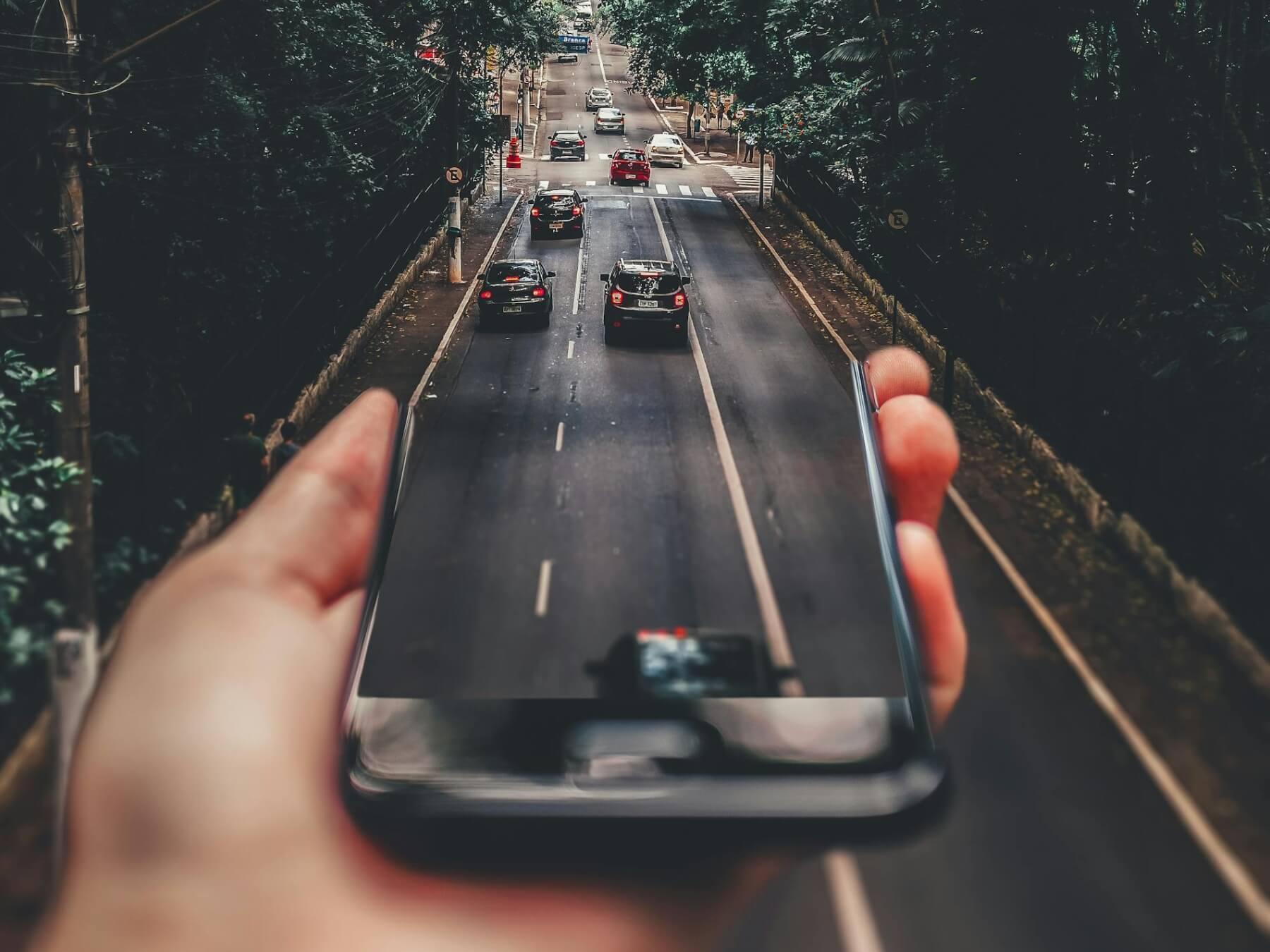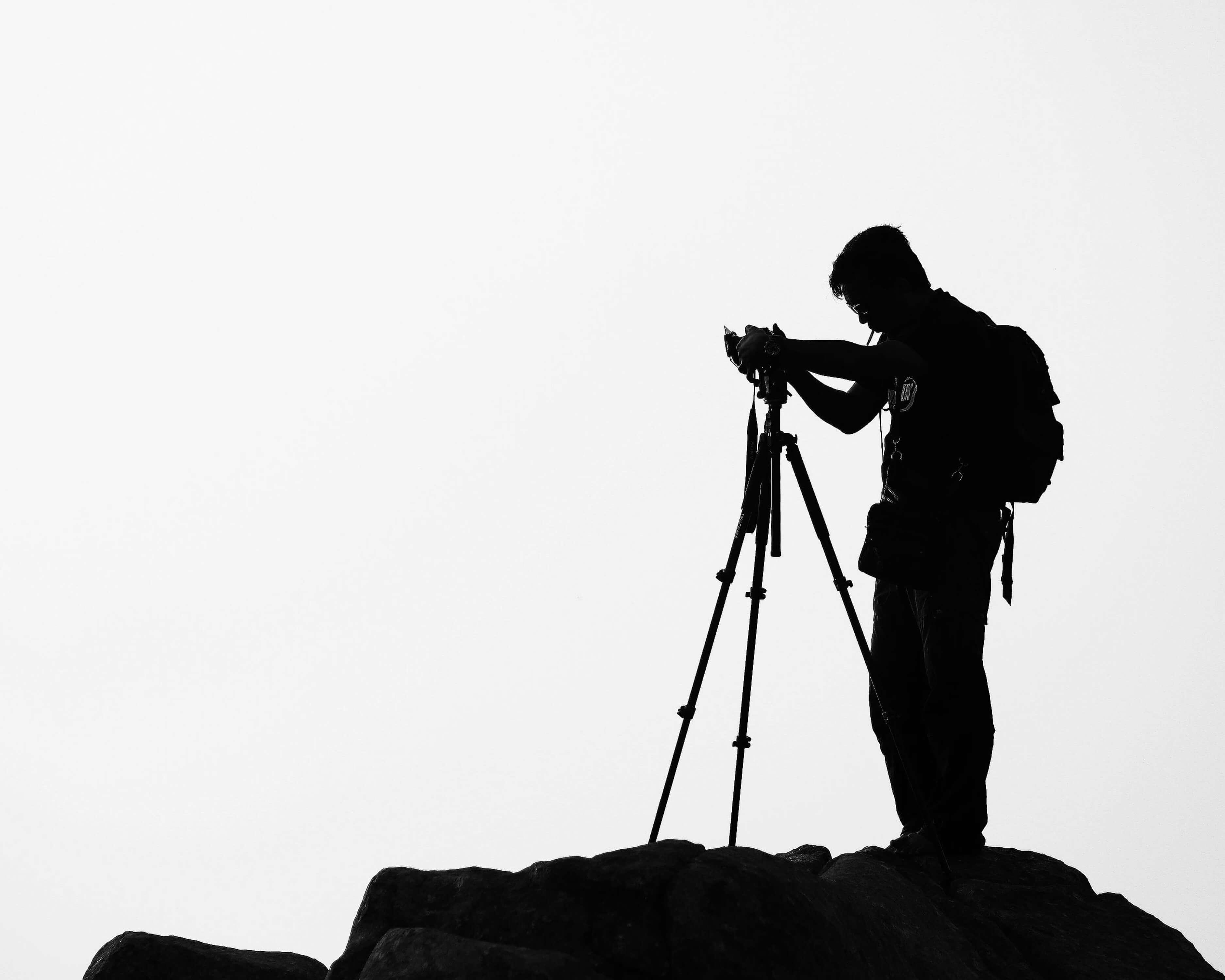The Technology That Could Save Authentic Photography in a Post-Truth Age
Yvan Cohen
Tue Mar 26 2024

We live in a post-truth age. We're literally drowning in an ocean of digital data. Newsfeeds, social media posts and billions of pictures bombard our consciousness, shaping our understanding of reality, our attitudes and our beliefs.
We are unsure of what is real or fake
Unsure of what is real or fake, we end up choosing what we want to believe, knowing there is no guarantee of it being true.
The Pope in a puffer jacket: cool but fake. Trump being arrested: wishful but fake too. Real photographs and fake or manipulated images posted side-by-side, with no way for us to tell the difference.
AI generated photo-realistic images are increasingly difficult to distinguish from actual photographs (perhaps best defined as two dimensional representations of the reality generated as a result of light falling on a digital sensor or film).
Initially considered one of the most reliable ways of recording reality ('the camera never lies'), the photograph has become an image like any other, a mere representation of what may, or may not, be true.
The possibilities represented by AI are endless and exciting
In this infinitely malleable creative realm, the possibilities represented by AI are endless and exciting. Anything you can think of, and more, can be generated as an image that looks real.
In the world of the media, however, digital and AI technology, with its endless creative possibilities, represents a clear threat.
 Photo by Matheus Bertelli
Photo by Matheus Bertelli
We need proof of authenticity in photography
If we are to rely on photojournalists to report the world to us, if we are to believe the photographs taken by them, we need guarantees. We need authentic photography and we need proof of authenticity. A way of being sure that yes, such and such an image was taken by this person, in this place, at this moment in time.
For now, such technology does not exist (or at least has not been implemented) and AI generated images are popping up everywhere. Some have even been entered into photo competitions. Others have appeared masquerading as photojournalism in our social media feeds.
We are living in the dawn of an AI revolution, and while the ethics of media integrity may still be in place, there are no reliable technological safeguards to protect us from the deceit of ill-intentioned digital manipulation.
Authentic photography
If authenticity is the holy grail of the journalistic image, if we know it might help restore our faith in the media and information (one of the pillars of our democratic systems), surely we can find ways to make photographs trustworthy once again?
Consider for a moment how our biometric data, fingerprints and iris scans for example, can be used to reliably identify us. Imagine, therefore, a camera that scans the iris of the photographer as he or she looks through the viewfinder (assuming there is a viewfinder to look through). Or a camera that analyses the fingerprints of the person pressing the shutter. In both cases, we have existing technologies that could effectively embed a unique biometric signature into an image file.
I'm no blockchain expert, but much has been made of blockchain as a reliable means of authenticating files and tracking any modifications that are made to them. If it can be used to make financial transactions transparent, could not this same blockchain technology be applied to digital images as they are created in camera? File information about geographic location, camera settings and even the biometric data of the person holding the camera could be locked into the metadata of each file.
 Photo by Kyle Loftus
Photo by Kyle Loftus
Tamperproof photography is on the horizon
Some industry players are already moving in this direction. Fstoppers recently reported on an initiative by Nikon and AFP to develop tamperproof metadata, called C2PA, in files generated by Nikon cameras. The principle is to ensure digital files are verifiable in terms of provenance and leave an auditable trail in terms of manipulation. This would be available as an option for photojournalists seeking to deliver images that are verifiable and therefore trustworthy. C2PA is part of a content authenticity initiative being driven by leading players like Adobe, the BBC, and Microsoft.
The Nikon representatives interviewed by Fstoppers went on to point out that even if a file were to be copied, it would not be possible for a plagiarist to disguise the original camera's digital signature. And for those seeking to strip out all of a file's metadata, an invisible electronic watermark could be merged into the file, meaning it would still be identifiable even without metadata.
Resurrection of the truth in authentic photography
If such technological solutions are implemented, photojournalists will instantly and permanently be once-again responsible for the images they create. They would be both protected as the creator of a photograph but also answerable for its content. In such a world, the photograph could conceivably be restored to its role as reliable tool of witness and information. The truth might yet make a comeback.
Written by Yvan Cohen | Yvan has been a photojournalist for over 30 years. He's a co-founder of LightRocket and continues to shoot photo and video projects around South East Asia.
To read more helpful articles on photography, check out our blog page.
Join our growing photographer community at LightRocket and get powerful archive management and website building tools for free!


